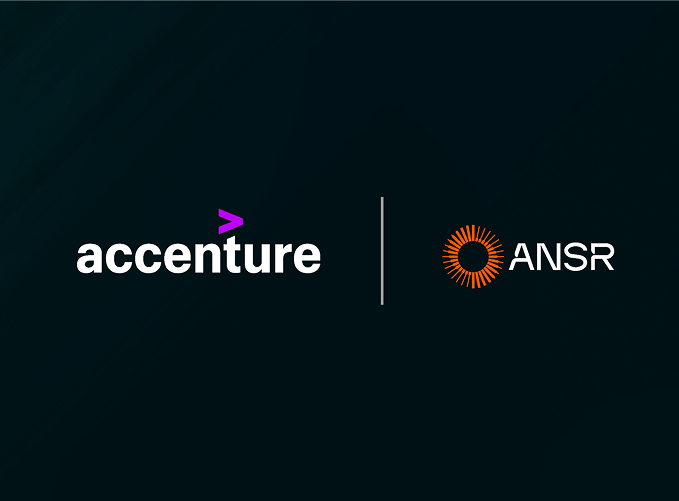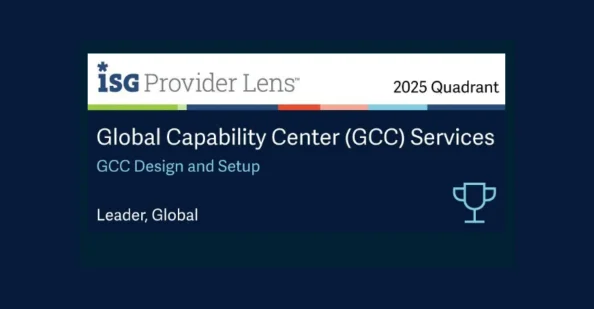ANSR Named Market Leader by ISG For Establishing Global Capability Centers
We are excited to be recognized for our comprehensive end-to-end platform, key partnerships, and unique subscription model
155K+
Professionals Hired
160+
Global Centers Established
12M+
sqft of Workspace under Management
20+
Years of Experience
$2B+
Capital Investment Created
Global Capability Centers: A Strategic Imperative for Talent, Speed, and Cost Optimization
Leading businesses are using GCCs to build core and critical capabilities that are not ‘outsourceable’
Access niche skill sets and top 2% talent
via centers in talent-rich hubs
At least 40% lower cost of teams and operations
with increased transparency and efficiency
Over 30% higher productivity and retention
from in-house teams vs. outsourced /contract staff
Cut project timelines by 30%
ensuring agile responses to market demands

Our Customers are Industry Leaders
Fortune 500 companies and startups across the globe trust us to build and manage their global workforce.

Our Offerings
Talent Solutions
Comprehensive suite of AI-driven talent platform and products to build your best teams, including employer branding, sourcing, screening, interviewing, continuous candidate engagement, on-boarding, and more.
Workspace
Premium, customised, and fully managed office spaces designed to provide exceptional experiences to employees.
Business Operations
End-to-end delivery of business services including payroll, HR, Employer-of-Record, compliance, legal, finance, tax, and more.
Research & Advisory
Organisational design, capability planning, location analysis, market intelligence & benchmarking, and more.

Featured Insights

Mastering Best-Sourcing: A Strategic Guide for GCC Leaders
Global Capability Centers are continuously blending global talent and cutting-edge technology to create immense organizational value. In doing so, forward-thinking enterprises are actively embracing ‘best-sourcing’

Key Compensation & Retention Trends in India’s GCCs in 2025
India’s Global Capability Centers (GCCs) are redefining how enterprises attract, engage, and retain top talent, with compensation being one of the key factors driving this

ANSR Recognized as Leader in ISG’s Provider Lens for GCC Design and Setup
ANSR is a leading enabler of GCCs, helping enterprises design, build and scale global teams. Headquartered in Dallas, Texas, ANSR has established over 150 GCCs,
What Our Customers are Saying

“Target in India has operated as a fully integrated global capability center and strategic partner for Target Corporation since 2005. We’ve seen the evolution of GCCs over the years, with immense value and influence across all business areas being delivered out of India. There are many factors that lead to a successful GCC model — including the right infrastructure, culture, and processes — and ecosystem partners like ANSR have been committed to helping GCCs navigate these areas and drive impact for their parent organizations. We congratulate them on this important milestone of 100 customers and look forward to the continued growth of GCCs in India.”
Bruce Starnes
Senior Vice President, Target

“I would just like to take this opportunity to thank our core ANSR team for their partnership and support while building our HSC team. The communication, professionalism, and flexibility of the group has enabled us to find the best candidates possible in the short amount of time. We are hopeful to close most of our hiring within the next 2-3 weeks maximum.”
Paul Morris
Director, Enterprise Data Operations & Support, Inspire Brands

Creating a global workforce was important to us to be able to better support the evolving needs of our customers. India has a great talent pool to execute digital, technical and IT functions for which we cannot find staff in Australia. We were on a tight schedule, but the partnership with ANSR helped us set up and scale the NAB Innovation Center in India within set deadlines. Within six months, we have been able to grow to a 100-member-strong team that’s supporting business-critical functions. As we are looking to in-source more of our operations in-house, this partnership will further help us tap into differentiated talent pool for high demand skills.
Campbell Morrison
Executive, India Operations, National Australia Bank
